Have a glass of Costa Rican Carnett musicians series full of rice wine aroma-Bach.
Professional coffee knowledge exchange more coffee bean information please follow the coffee workshop (Wechat official account cafe_style)
▲
Click follow | focus on the 5th anniversary of coffee roasting
More boutique coffee beans, please.
Private Wechat Qianjie, WeChat:
(long press copy)
Qiannjie
Costa Rica Canet Musician Bach
Costa Rican Carnett musicians series Bach
Country: Costa Rica
Producing area: Tarazhu
Altitude: 1950m
Treatment: grape dried honey treatment
Grade: SHB
Variety: Kaddura
Costa Rica, located in the Central American isthmus, is controlled by Pacific and Atlantic currents and sea breezes at the same time, and there are many towering volcanoes up to 2000 meters above sea level. Coffee berries are able to grow slowly in the fertile volcanic ash soil and cool environment at high altitude, giving birth to coffee beans with complete and rich flavor.
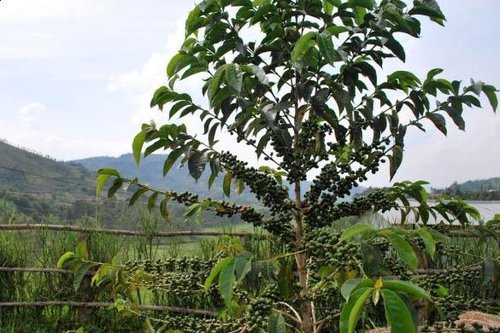
Costa Rica can be divided into two seasons a year. The dry season is from December to April, the coffee harvest is from December to April, and the wet (rainy) season is from May to November. In recent years, micro-treatment plants have been established, and since the water consumption is only 5% of that of traditional washing plants, and does not require huge sinks and exposure fields, the investment required is relatively small. The "honey-treated coffee" with low acidity, high complexity and strong sweet flavor has become the target of competition in the coffee industry in recent years.
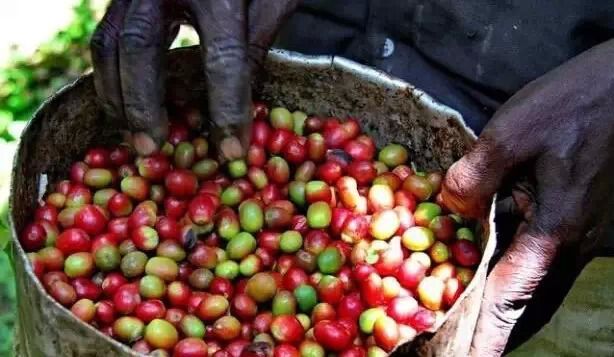
Coffee was grown in Costa Rica two hundred years ago, first on the slopes of the Poas and Barva volcanoes, now known as the Central Valley. At present, Costa Rica has eight main producing areas: West Valley in the western valley, Central Valley in the central valley, Tarrazu in Tarazu, Tres Rios in Sanhe, Orosi in Europe, Brunca in Brenka, Duli Alba Turrialba and Guanacaste in Guanacaster.
Tarrazu is one of the main coffee producers here. Tarazhu production area also has a certain history of coffee production, has been favored and recognized by the British royal family, and even praised in the Pope's speech.
| Canet Carnett Manor
Carnett Manor is located at the highest altitude in the Tarazu producing area and is the densest fruit-growing area in Costa Rica. Carnett Manor is mainly to grow passion fruit, the amount of coffee is very rare, only a specific area to grow coffee, take special care. All coffee cherries are picked by hand, only ripe red cherries are harvested, but there is a screening process before processing after harvest to pick beans that are not ripe or too ripe.
Treatment method
| | treatment of raisin honey |
Retain 100% pectin and zero water treatment. It increases the difficulty of the honey processing method, which requires strict control of time. On the day of harvesting coffee cherries, pour the harvested coffee fruit into a big trough, and the ripe and full fruit will sink to the bottom of the water; the underdeveloped or overripe fruit will surface, and these floating beans need to be removed. Dry the screened coffee fruits on an elevated bed for at least three days, then peel the cherries and retain the pectin before drying. At this stage, climate factors are the key to the success of honey treatment.
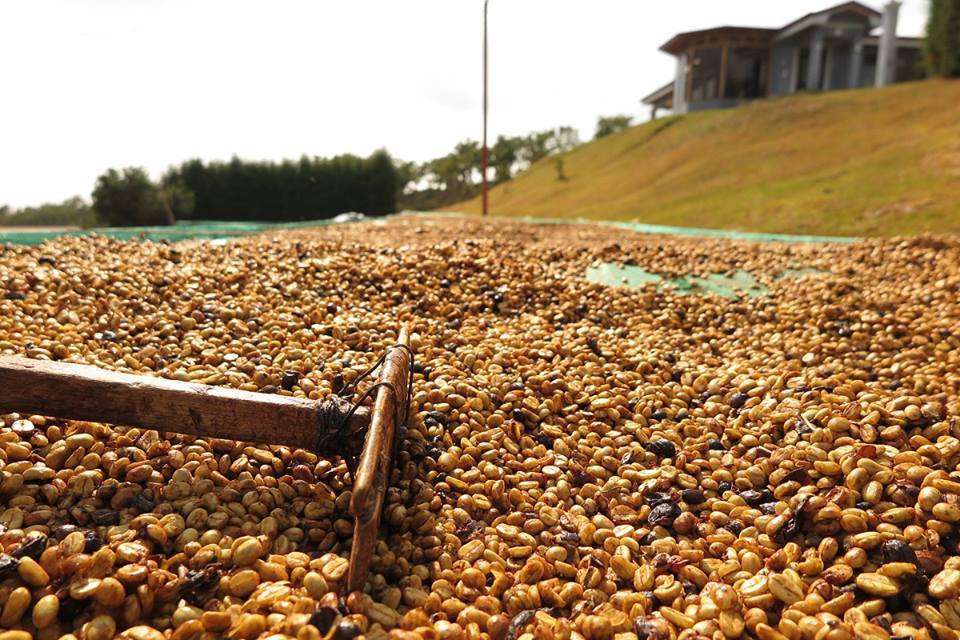
Keep turning these coffee cherries during the drying process to make them dry evenly, but control the turning frequency and dry slowly to ensure that the coffee is fermented, but not so slowly that it is overfermented.
Raw bean analysis
| | Kaddura Caturra |
Kaddura is a common variety in American beans, especially in Central America.

Kaddura is a variety of bourbon, was found in Brazil in 1937, production capacity and disease resistance are better than bourbon, and the tree is shorter, easy to harvest, adaptable, does not need shade trees, direct exposure to the sun can also be full of vitality, commonly known as exposed coffee (Sun Coffee). Kaddura is suitable for planting in the high altitude area from 700m to 1700 m, with strong adaptability to altitude, but the higher the altitude, the better the flavor, and the production capacity is relatively reduced, which is the fate of fine beans.
Raw beans look yellowish green, typical of honey-treated coffee beans, with fresh citrus fruit aromas and a hint of fermented fruit.
Baking analysis
Roaster Yangjia 800N semi-direct fire (baking capacity 300g)
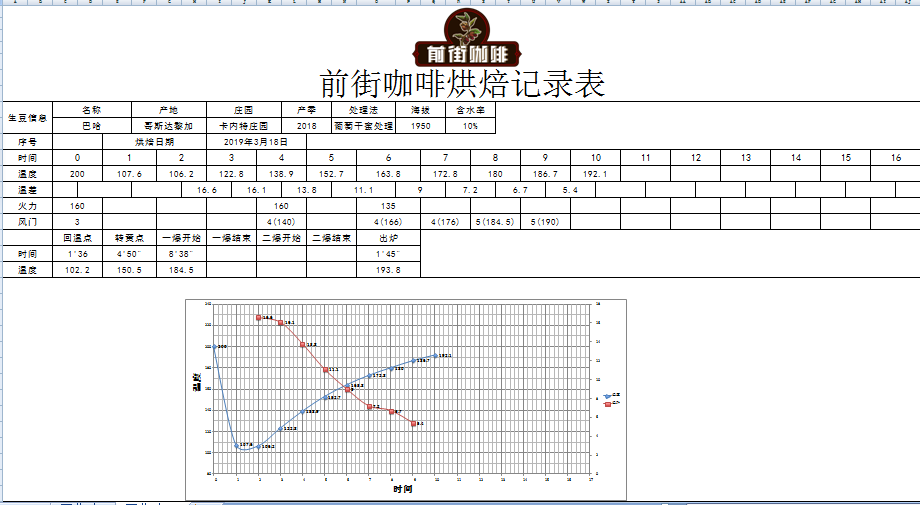
The furnace temperature is preheated to 200℃ to enter the pot, the firepower is adjusted to 160, the throttle is opened to 3, and the temperature recovery point is 1mm. Keep the firepower; at 140℃, the firepower is kept at 160and the throttle is open to 4.4pm. The smell of grass disappears and enters the dehydration stage. At 166℃, the firepower is reduced to 135and the throttle is kept at 4.
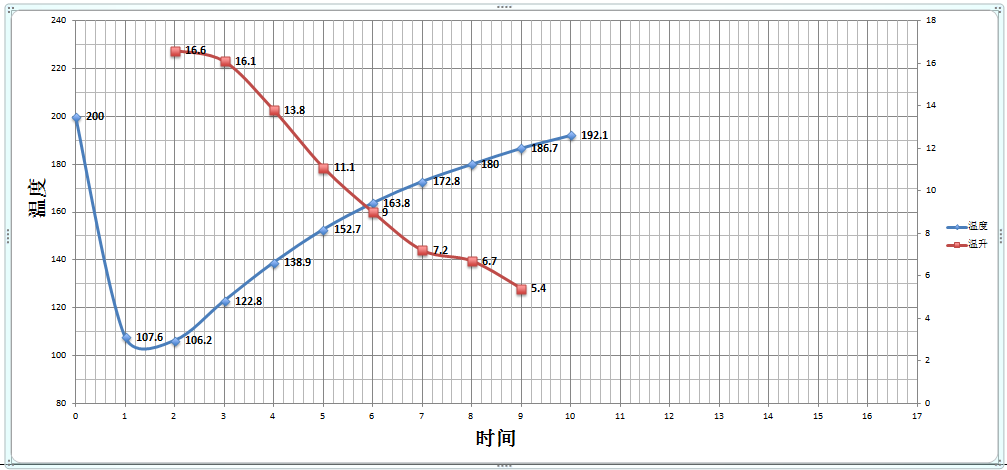
At the end of dehydration, wrinkles and black markings appear on the bean surface, and the smell of toast changes to coffee, which is a prelude to an explosion. Listen to the sound of an explosion. When it starts to explode, the throttle is fully open for 5, and the firepower remains unchanged. After an explosion, the development time is 1mm, 39th, 45th, and the time is 193.8 ℃.
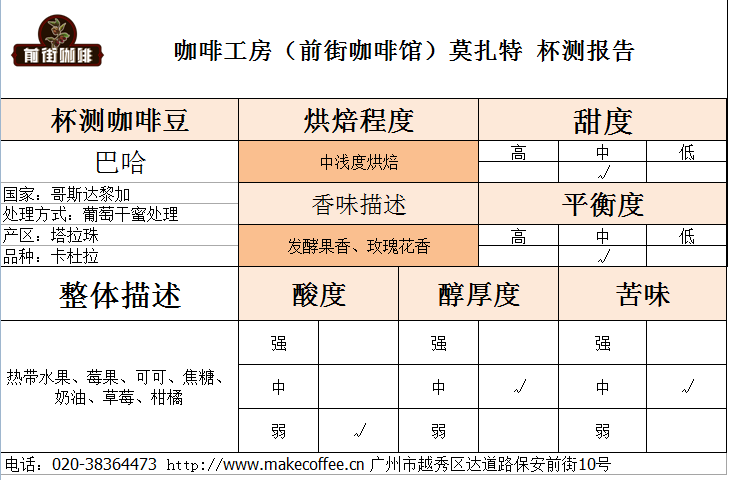
Cup test: rose, berry, cream, cocoa, caramel, fermented flavor, tropical fruit
Cooking suggestion
Recommended cooking method: hand flushing
Parameters: V60Universe 15 ℃ / grindability BG 5R / boiling time 2 min

Technique: steaming 30 grams of water for 30 seconds, slowly injecting water into the center to 125 grams, using a slightly larger water flow when the water level is about to be exposed to the powder bed, until the end of boiling when 225 grams.
Flavor: it smells like the fermented aroma of rice wine, with sweet and sour flavors of ripe tropical fruits and berries, nuts, cocoa and cream, caramel and a hint of flowers on the finish.
END
Important Notice :
前街咖啡 FrontStreet Coffee has moved to new addredd:
FrontStreet Coffee Address: 315,Donghua East Road,GuangZhou
Tel:020 38364473
- Prev

Indian coffee beans need three to four months of wind soaking, green beans will increase by 2-3 times
Professional coffee knowledge exchange More coffee bean information Please pay attention to coffee workshop (Weixin Official Accounts cafe_style) In fact, India is a country rich in coffee beans. About 250,000 people grow this economic product nationwide. Coffee is suitable for growing in a warm environment. The Tropic of Cancer between North and South is called coffee zone. However, it is afraid that high temperature will damage the characteristics of beans, so most of them are planted in
- Next

African Sunshine Champion Coffee Bean Buku Abel Manor 'Peony' Baking experience score
Professional coffee knowledge exchange more coffee bean information Please follow the coffee workshop (Wechat official account cafe_style) now some forums and discussion forums have heard the wailing of their own roasters, what is so tricky? It turned out to be the champion of African tanning-peony, but what makes bakers call out? It just so happens that we have just started this batch of beans, so let's get together today.
Related
- Does Rose Summer choose Blue, Green or Red? Detailed explanation of Rose Summer Coffee plots and Classification in Panamanian Jade Manor
- What is the difference between the origin, producing area, processing plant, cooperative and manor of coffee beans?
- How fine does the espresso powder fit? how to grind the espresso?
- Sca coffee roasting degree color card coffee roasting degree 8 roasting color values what do you mean?
- The practice of lattes: how to make lattes at home
- Introduction to Indonesian Fine Coffee beans-- Java Coffee producing area of Indonesian Arabica Coffee
- How much will the flavor of light and medium roasted rose summer be expressed? What baking level is rose summer suitable for?
- Introduction to the characteristics of washing, sun-drying or wet-planing coffee commonly used in Mantenin, Indonesia
- Price characteristics of Arabica Coffee Bean Starbucks introduction to Manning Coffee Bean Taste producing area Variety Manor
- What is the authentic Yega flavor? What are the flavor characteristics of the really excellent Yejasuffi coffee beans?

